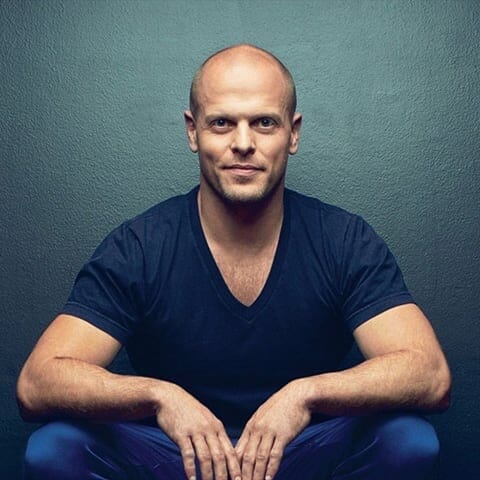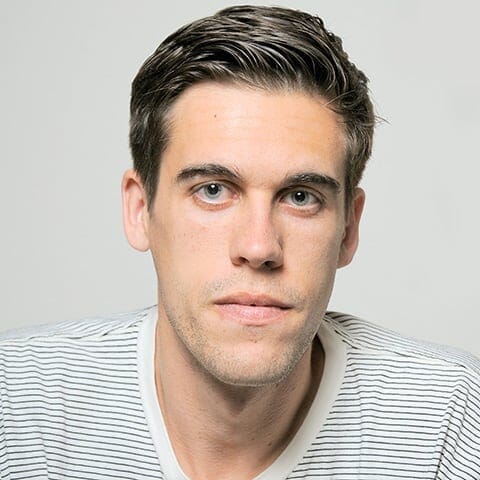 author
authorDouglas E. Harding
Douglas Edison Harding (12 February 1909 – 11 January 2007) was an English philosophical writer, mystic, spiritual teacher and author of a number of books, including On Having No Head: Zen and the Rediscovery of the Obvious (1961), which describes simple techniques he invented for readers to experience (not just understand) the non-duality of consciousness.
Harding was born in Lowestoft in the county of Suffolk and raised in the Exclusive Plymouth Brethren, a Christian sect. When he was 21, he confronted the church Elders with a ten-page thesis of his objections and was apostatised. After graduating from University College, University of London thanks to a scholarship he was awarded as a result of coming top at the intermediate exams of the Royal Institute of British Architects, he practiced architecture in London and later in India. In India, during World War Two, Harding was commissioned as a Major and served in the British Army in the Royal Engineers.
In 1943, aged 34, after ten years of self-enquiry, study and writing, Harding had decided he was made of 'layers'. What he was depended on the range of the observer. As a result of his studies, Harding was convinced that he was human only at a certain range. Closer to, he saw himself as cellular, molecular, atomic. At very close range, therefore, he saw himself as almost nothing. It made sense to him therefore that at centre he was a mysterious 'nothingness'.
In 1943, he looked back at himself and noticed that from his own point of view he was headless. He was looking not out of two eyes but a 'single eye', a boundless openness – an openness that was self-evidently aware, and was also full of the whole world. Here was direct experience of his central identity, his True Self. No longer did he have to rely on speculation.
Following this he spent the next 8 years exploring the scientific, philosophical, psychological, and religious implications of his discovery, presented in his book The Hierarchy of Heaven and Earth, described by C. S. Lewis (who wrote the preface) as "a work of the highest genius". This book was published by Faber & Faber in 1952. After taking time off from his profession, Harding then returned to architecture.
Harding continued to write, but it was not until 1961 that he clearly shared the experience of "headlessness" in his most famous book, On Having No Head: Zen and the Rediscovery of the Obvious. He encouraged readers to reproduce his realization in order to experience non-duality (anattā), i.e. that there is no separate self inhabiting your consciousness and “experiencing your experience”. He found that his headless insight was illustrated in a very clear way by a "self portrait" he found in Ernst Mach's book From The Analysis of Sensations (1891).
The drawing, titled "View from the Left Eye"", inspired Douglas Harding to notice his own headlessness in 1942. As well as writing many books and articles and developing experiments to demonstrate the concept of “Headlessness”, Harding also designed his Youniverse Explorer model, which models the layers of our body/mind, from the galaxy to particles, and includes at the centre of all these layers a clear sphere, symbolising one's True Nature - one's No-face.
Harding travelled widely, sharing the concepts of “Seeing” and “Headlessness”, as described in his most popular book, “On Having No Head: Zen and the Rediscovery of the Obvious”. In 1996, Richard Lang and Harding founded the Sholland Trust, a charity created to help share Harding's vision of “The Headless Way”. In the 1990s and early 2000s Harding travelled and gave workshops with his second wife, Catherine. Harding was married twice and had two sons and a daughter. He died at Nacton near Ipswich, England.
Best author’s book




















